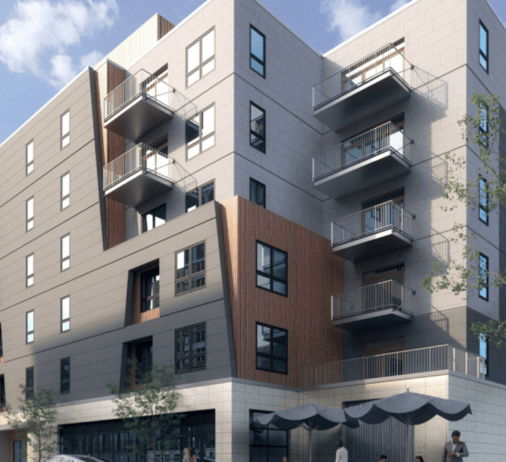What Post-Election Market Trends Mean for Real Estate
As the post-election economic tides rise and fall, real estate developers find themselves at the intersection of policy-driven opportunities and challenges. With Realtor.com’s pre-election analysis offering mixed reviews on proposed policies, it’s clear that the road ahead for developers will require careful navigation of regulatory changes, market dynamics, and broader economic trends.
---
Opportunities for Developers: Easing the Regulatory Burden
Addressing Housing Supply Challenges
One of the most significant opportunities for developers lies in potential regulatory rollbacks aimed at boosting housing supply. According to Realtor.com, federal, state, and local regulations collectively add over $90,000 to the cost of building a new home. By targeting these “unnecessary” regulations, the administration’s policies could make it easier for builders to produce homes at lower price points, addressing the critical shortage of affordable housing.
Zoning rules, building codes, and labor standards represent some of the most impactful barriers to development. Realtor.com’s chief economist, Danielle Hale, highlights how these regulations often result in delays, higher costs, and compliance hurdles that are ultimately passed on to homebuyers. Streamlining these processes could open doors for developers to expand operations and cater to unmet demand.
Lower Mortgage Rates and Inflation Control
Realtor.com also points to potential benefits for the housing market if inflation is brought under control and mortgage rates are reduced. Lower rates could reinvigorate the housing market by enabling more buyers to enter and existing homeowners to trade up, creating opportunities for developers to address pent-up demand.
Challenges: Labor Shortages and Material Costs
Labor Supply Concerns
While reduced regulations and a focus on domestic production might benefit some aspects of real estate, the potential for labor shortages looms large. The National Association of Home Builders estimates that up to one-third of residential construction workers are foreign-born. Policies aimed at reducing immigration could significantly tighten the labor pool, driving up wages and increasing construction costs.
In the longer term, reduced immigration could lead to population stagnation or decline, impacting overall housing demand. With the U.S. fertility rate below the population replacement level, immigration has been a critical driver of growth. Any significant cuts could create a ripple effect, reducing the long-term need for housing development.
Rising Material Costs from Tariffs
The possibility of expanded tariffs on imported materials like cement, steel, and lumber poses another challenge for developers. Realtor.com warns that additional taxes on these goods would likely increase construction costs, further squeezing margins for builders and developers. For projects already facing budgetary pressures, higher material costs could lead to delays or reduced project scopes.
Regional Impacts: Local Considerations for Developers
Growth in Favorable Markets
Developers in regions tied to key industries such as energy, finance, or technology may see increased opportunities. Economic stimulus measures could drive commercial real estate demand in these areas, while deregulation might make residential development more viable.
Trade-Dependent and Labor-Intensive Markets
Conversely, regions reliant on international trade or immigrant labor may experience headwinds. Developers in these areas will need to carefully assess local policies and market conditions to mitigate risks and identify opportunities.
Positioning for Success in a Complex Environment
Real estate developers stand to benefit from potential regulatory and economic changes but must remain vigilant about the challenges posed by labor shortages, material costs, and shifting population dynamics. Adjusting to these factors will require creative solutions, such as adopting new construction technologies to offset labor costs or focusing on markets with favorable local conditions.
As the market continues to evolve, developers who can adapt quickly to changing policies and economic conditions will be best positioned to capitalize on emerging opportunities. Balancing short-term gains with long-term sustainability will be critical for success in this dynamic environment.
By maintaining a clear focus on market trends and policy impacts, developers can navigate the uncertainties of the post-election economy while continuing to meet the nation’s pressing housing needs.

